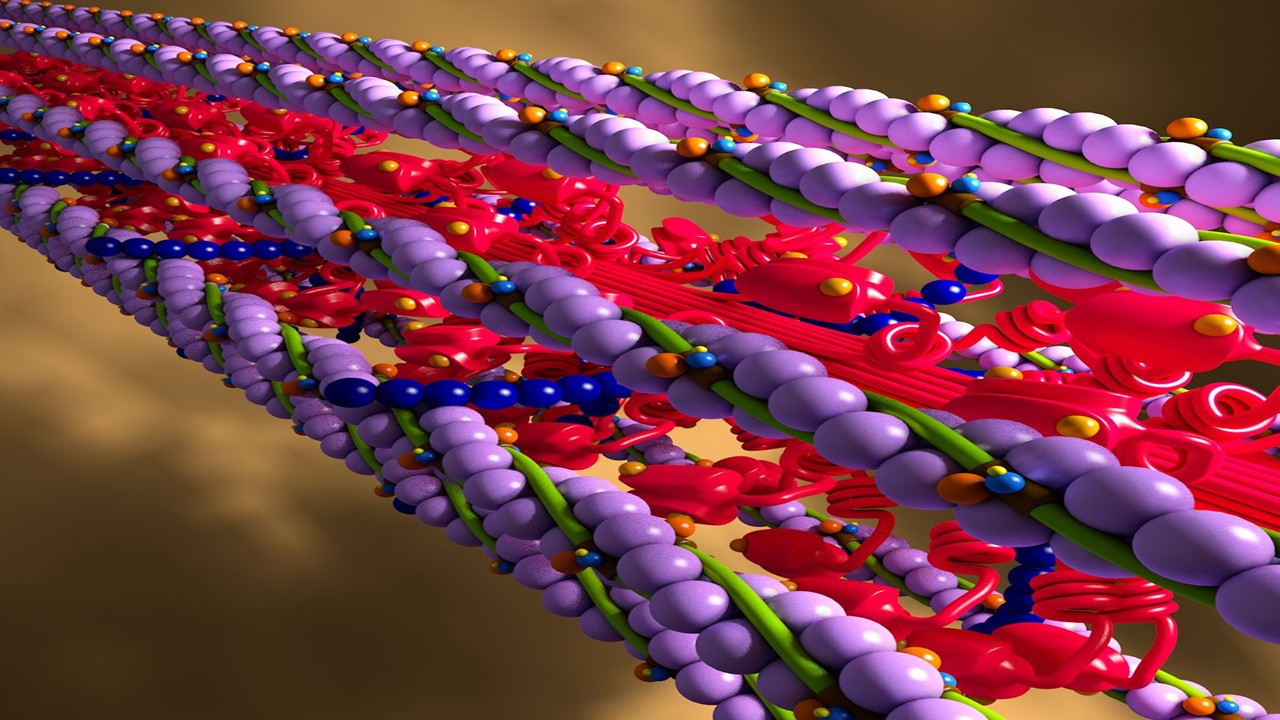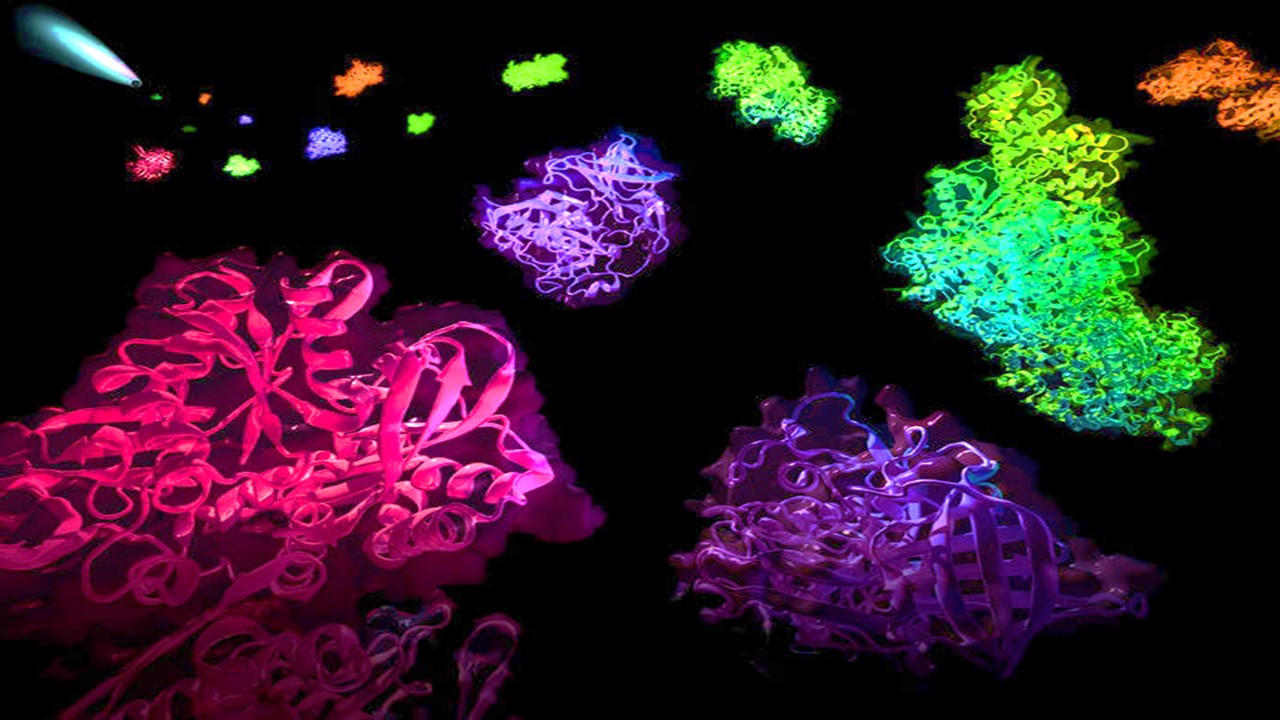The Evolutionary Roots of Secretory GTPases
The emergence of eukaryotes hinged on the development of intricate membrane systems, with small GTPases acting as molecular architects. Among these, SRβ stands as a primordial sentinel, anchoring the signal recognition particle (SRP) receptor to the endoplasmic reticulum (ER). This ancient GTPase, alongside Sar1 and Arf proteins, forms the earliest branch of the Ras superfamily, each governing distinct trafficking pathways. While Sar1 orchestrates ER-to-Golgi transport via COPII vesicles and Arf regulates COPI-mediated retrograde flow, SRβ’s role has remained enigmatic, tethered permanently to the ER membrane through an N-terminal anchor.
Divergence in regulatory mechanisms underscores their functional specialization. Unlike Sar1 and Arf, which transiently associate with membranes via exposed amphipathic helices, SRβ’s immutable membrane integration suggests a unique evolutionary trajectory. Its GTPase cycle, intimately linked to ribosome targeting and protein translocation, represents a foundational mechanism predating the diversification of vesicular transport systems. The conservation of SRβ across eukaryotes—from fungi to humans—hints at its indispensable role in maintaining the fidelity of co-translational protein sorting, a process critical for cellular homeostasis.
Structural analyses reveal that SRβ’s nucleotide-binding motifs, such as the P-loop and switch regions, align with canonical Ras-family blueprints. Yet, deviations in key signatures—like the substitution of a rigid proline for a glycine in switch II—hint at divergent regulatory logic. These molecular fingerprints not only distinguish SRβ from its relatives but also illuminate the evolutionary pressures that shaped the secretory machinery’s core components.
Decoding SRβ’s Unique Switch Mechanism
GTPases rely on conformational switches—driven by GTP binding and hydrolysis—to toggle between active and inactive states. For SRβ, this switch cycle defies convention. While Arf and Sar1 undergo dramatic interswitch toggling, involving register shifts in β-strands and helix realignments, SRβ’s switch II remains paradoxically fixed. Crystal structures of Chaetomium thermophilum SRβ (ctSRβ) in GTP- and GDP-bound states unveil a “half-toggle” mechanism: switch I disengages from GTP upon hydrolysis, but switch II retains its architecture, stabilized by a proline-rich motif and hydrophobic interactions.
This rigidity arises from structural innovations. The DxPGHxxLR motif in switch II replaces the flexible glycine of Arf/Sar1 with a proline, enforcing a kinked backbone that resists conformational flux. Additionally, a conserved leucine and tyrosine residue form a hydrophobic gate, sequestering the catalytic histidine (His150) away from the active site in the GTP-bound state. Unlike EF-Tu, where rRNA activates hydrolysis by repositioning this histidine, SRβ’s inactivation relies on its SRα-bound SRX domain, which acts as a structural clamp.
The GDP-bound state further diverges from classical paradigms. Instead of dissolving into disorder, ctSRβ’s interswitch region forms a transient helix (αisw) that masks a hydrophobic surface near the membrane anchor. This adaptation likely prevents aberrant interactions while preserving SRβ’s orientation at the ER, underscoring its role as a stable platform for SRα during ribosome engagement.
Structural Insights from a Thermophilic Fungus
Chaetomium thermophilum, a thermophilic fungus, emerged as an unlikely hero in resolving SRβ’s structural paradox. Its ctSRβ homolog, engineered without the N-terminal transmembrane domain, exhibited unparalleled solubility in both GTP- and GDP-bound states—a feat unattainable with mammalian or yeast variants. Crystallization efforts yielded three pivotal structures: GTP-bound ctSRβ complexed with SRX, GDP-bound ctSRβ, and a magnesium-coordinated GDP state.
These structures revealed fungal-specific insertions (Ins1–Ins3) that fortify the GTPase’s architecture. Ins2 and Ins3 coalesce into an antiparallel β-barrel in the GDP state, stabilizing the core despite switch I’s disorder. In the GTP-bound state, Ins1 and Ins3 buttress the SRX interface, enhancing thermostability through hydrophobic packing and hydrogen bonds. Such adaptations highlight how extremophiles exploit structural plasticity to thrive under duress, offering a blueprint for studying recalcitrant eukaryotic proteins.
The ctSRβ-GTP/SRX complex, solved at 3.2 Å, mirrors mammalian and yeast homologs but with expanded interfacial contacts. SRX’s β1x-β2x hairpin and amphipathic α1x helix cradle switch I, while a π-helical turn in α1x corrals His150 into a “resting” posture. This intricate interplay between SRX and SRβ underscores the co-evolution of regulatory domains and their GTPase partners.
The Interplay Between SRβ and SRα in Ribosome Binding
SRβ’s role in the SRP cycle hinges on its partnership with SRα, a multi-domain GTPase that bridges ribosomes and the ER membrane. Co-sedimentation assays using ctSRβ and ct80S ribosomes revealed a striking dependency: SRβ alone, whether GTP- or GDP-bound, failed to bind ribosomes. Only when complexed with SRα did SRβ engage ribosomes, implicating SRα’s linker region as the critical mediator.
The SRX domain of SRα emerges as a linchpin in this interaction. By clamping SRβ’s switch I onto GTP, SRX stabilizes a “ready-for-hydrolysis” state, analogous to Sar1’s Sec23-stabilized conformation. Yet, SRX’s role extends beyond mere stabilization. Its α2x-α3x latch wraps around ctSRβ’s interswitch region, while a β-hairpin lid locks His150 in a solvent-shielded cage. This dual function—switch I anchoring and catalytic suppression—positions SRX as both a scaffold and a transient inhibitor.
Notably, SRβ-GDP’s inability to bind ribosomes, even when crosslinked in earlier studies, suggests that GTP hydrolysis triggers SRαβ disassembly, facilitating SRP’s release. This GTP-dependent “handshake” between SRβ and SRα ensures precise coordination with the SRP cycle, coupling signal peptide recognition to translocon engagement.
Implications for the SRP Cycle and Protein Targeting
The SRβ-SRα interaction injects an additional layer of regulation into the SRP cycle. Unlike Sar1 and Arf, where GTP binding drives membrane recruitment, SRβ’s permanent anchorage suggests its GTPase activity fine-tunes signal peptide transfer. Hydrolysis may act as a timer, ensuring SRP’s release only after successful ribosome docking at the translocon. This aligns with findings that GTP binding—not hydrolysis—is essential for SRαβ assembly and initial SRP-RNC targeting.
The translocon itself may serve as SRβ’s guanine nucleotide exchange factor (GEF). The Sec61β subunit’s cytoplasmic loop, resembling Arf-GEFs, interacts with nucleotide-free SRβ, priming it for GTP reloading. Coupled with SRX’s co-GAP role, this creates a self-regulating circuit: SRβ’s GTP state recruits SRα, enabling ribosome binding, while hydrolysis resets the system for subsequent rounds of targeting.
Such a mechanism echoes the two-gear regulation seen in Sar1, where GTPase activity is decoupled from vesicle uncoating. For SRβ, hydrolysis may instead synchronize translocon gating with nascent chain insertion, ensuring fidelity in protein biogenesis.
Bridging Ancient Mechanisms and Modern Cellular Logistics
SRβ’s structural and functional quirks offer a window into the evolution of membrane trafficking. Its half-toggle mechanism, eschewing the interswitch register shift of Arf/Sar1, may represent a primordial solution to GTPase regulation—one that prioritized stability over reversibility. The fixed switch II and membrane anchorage suggest SRβ’s role as a stationary hub, around which dynamic partners like SRα and SRP orbit.
Evolutionary parallels with EF-Tu further illuminate SRβ’s place in the GTPase pantheon. Both employ hydrophobic gates to restrain catalytic histidines, awaiting activation by external cues—rRNA for EF-Tu, and potentially SRP RNA for SRβ. This convergence underscores nature’s penchant for repurposing mechanistic motifs across disparate systems.
By delineating SRβ’s switch cycle, this study not only demystifies a cornerstone of ER targeting but also redefines our understanding of ancient GTPase evolution. As the oldest Ras-family member, SRβ’s structural economy and regulatory elegance continue to shape eukaryotic cell biology, bridging billion-year-old innovations with modern secretory logistics.
Study DOI: https://doi.org/10.1016/j.str.2015.07.010
Engr. Dex Marco Tiu Guibelondo, B.Sc. Pharm, R.Ph., B.Sc. CpE
Subscribe
to get our
LATEST NEWS
Related Posts

Molecular Biology & Biotechnology
Myosin’s Molecular Toggle: How Dimerization of the Globular Tail Domain Controls the Motor Function of Myo5a
Myo5a exists in either an inhibited, triangulated rest or an extended, motile activation, each conformation dictated by the interplay between the GTD and its surroundings.

Drug Discovery Biology
Unlocking GPCR Mysteries: How Surface Plasmon Resonance Fragment Screening Revolutionizes Drug Discovery for Membrane Proteins
Surface plasmon resonance has emerged as a cornerstone of fragment-based drug discovery, particularly for GPCRs.
Read More Articles
Designing Better Sugar Stoppers: Engineering Selective α-Glucosidase Inhibitors via Fragment-Based Dynamic Chemistry
One of the most pressing challenges in anti-diabetic therapy is reducing the unpleasant and often debilitating gastrointestinal side effects that accompany α-amylase inhibition.














